Climate Change

Torrential Rain and Heatwaves: Consequences of Climate Change’s Weather Extremes
Is it just us, or does the weather feel a bit…unpredictable?
The Delaware Estuary is not the same as it was a few decades ago. You might have noticed hotter summers, wetter seasons, and an uptick in severe storms. These changes in our climate are altering our familiar weather patterns and presenting serious risks to our homes and communities. Unfortunately, these trends may worsen if greenhouse gas emissions (the release of gasses that trap heat) persist at current rates. This section will take a closer look at these climatic trends and what they mean for the future.
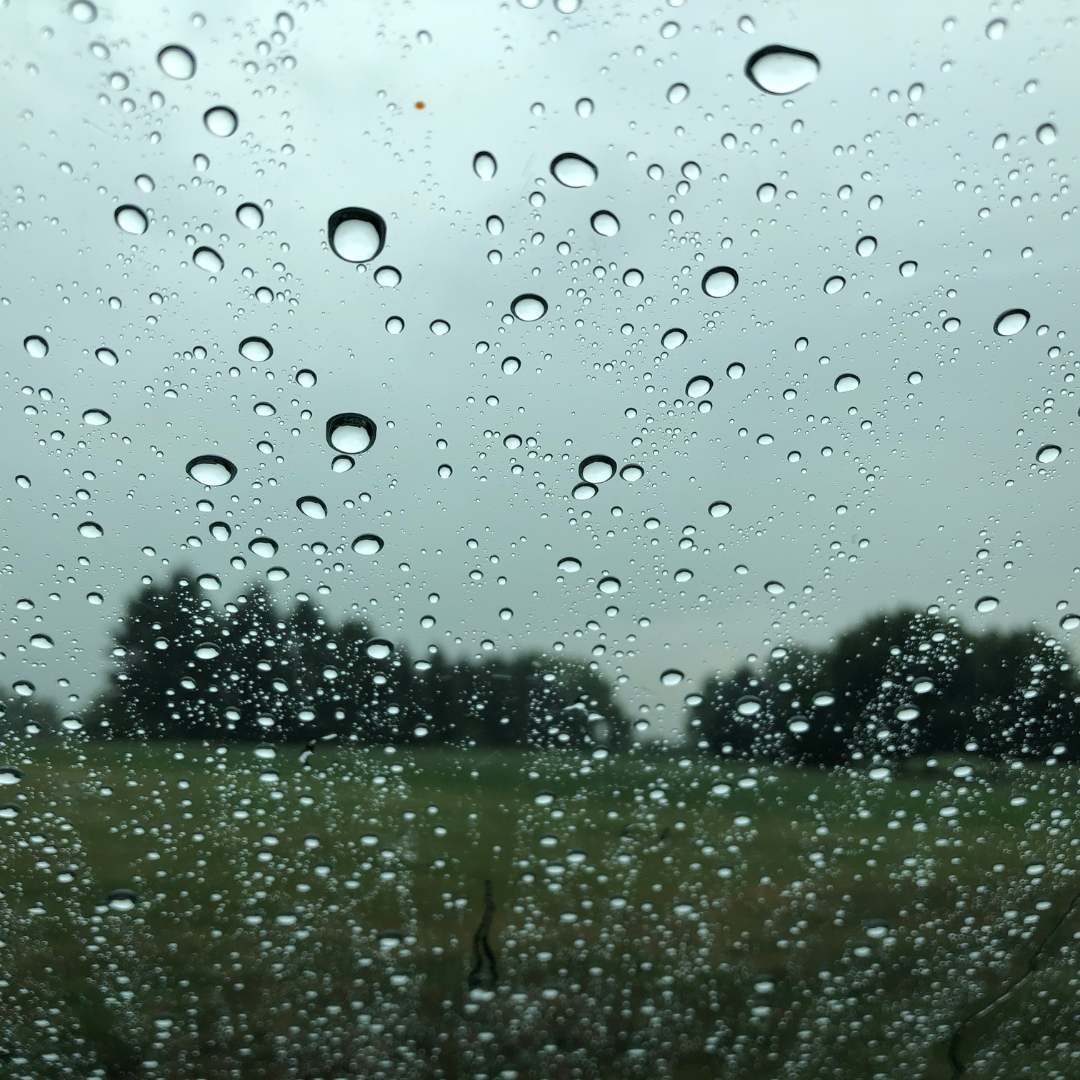
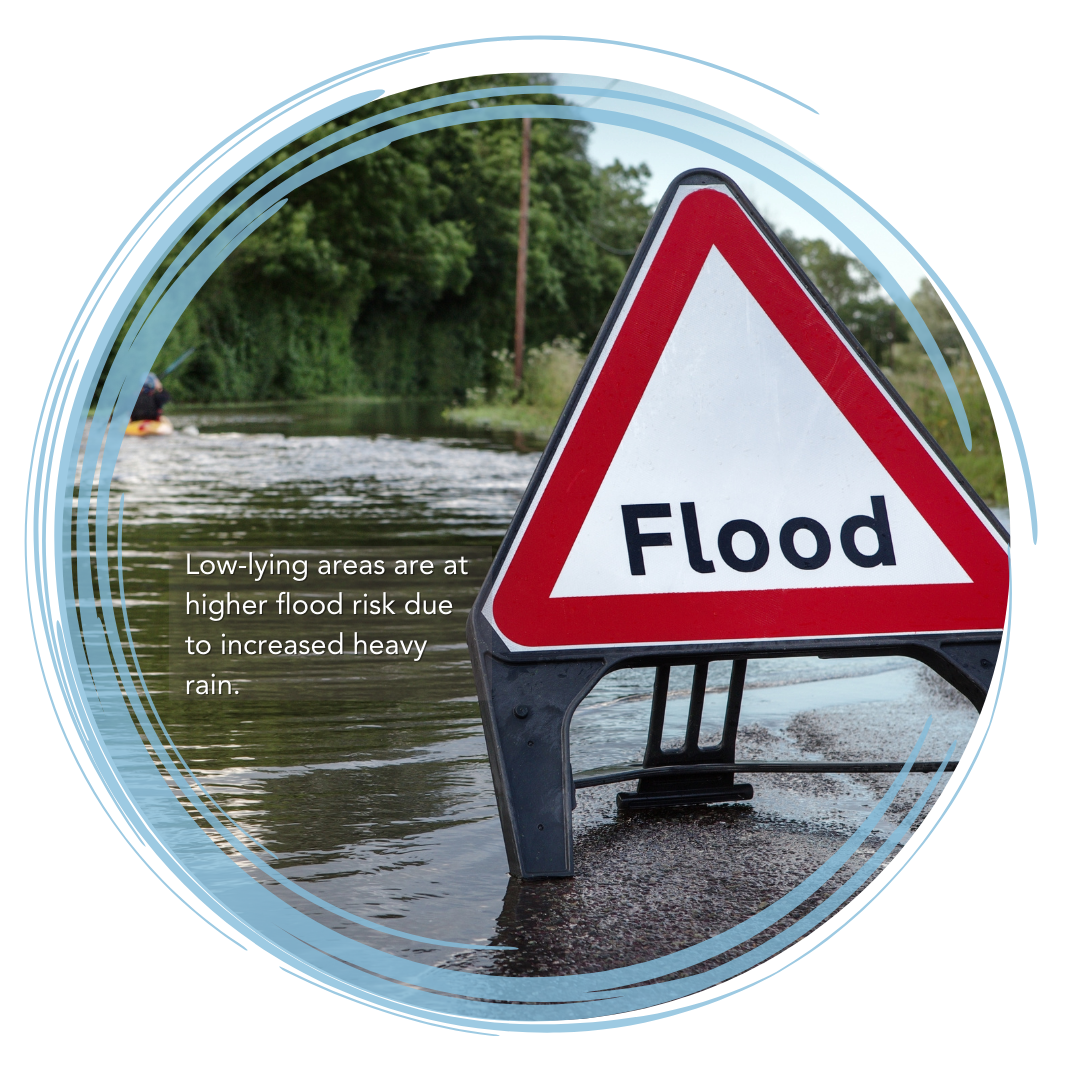
Extreme weather events, such as record-setting, scorching hot days, and heavy rainfall often accompanied by flooding, can significantly impact people’s daily lives and cause substantial damage. Scientists have been working to understand these extreme weather events to better prepare for the future. Patterns and trends are emerging by examining different factors, like frost, heat, dry periods, and the frequency of heavy rainfalls. These trends help predict the intensity of future weather events as communities prepare and adapt to live in our new climate. These changes will inevitably impact everyone – what can be grown in your gardens, how farmers plan for a successful harvest, and when you plan seasonal activities such as snowboarding and fishing.
A century of weather data for the Delaware Estuary and Basin reveals startling trends. Frost days (when temperatures fall below freezing ) have declined, particularly in the last 30 years. These frost days are crucial in controlling harmful organisms such as pathogens, invasive species, and pests (mosquitos and ticks). Moreover, average temperatures have increased in the past 30 years. Such weather events don’t just impact people, they disrupt seasonal cycles through phenological shifts. Phenological shifts refer to changes in the timing of biological events, such as flowering, migration, hibernation, and breeding, driven by shifts in climate patterns. Higher average temperatures, for example, mean an earlier start to spring, which can cause problems like migrating birds returning to the area when the food they rely on is unavailable. Rising temperatures also heat bodies of water, threatening native fish species such as American shad, triggering phenological shifts in the spawning season.
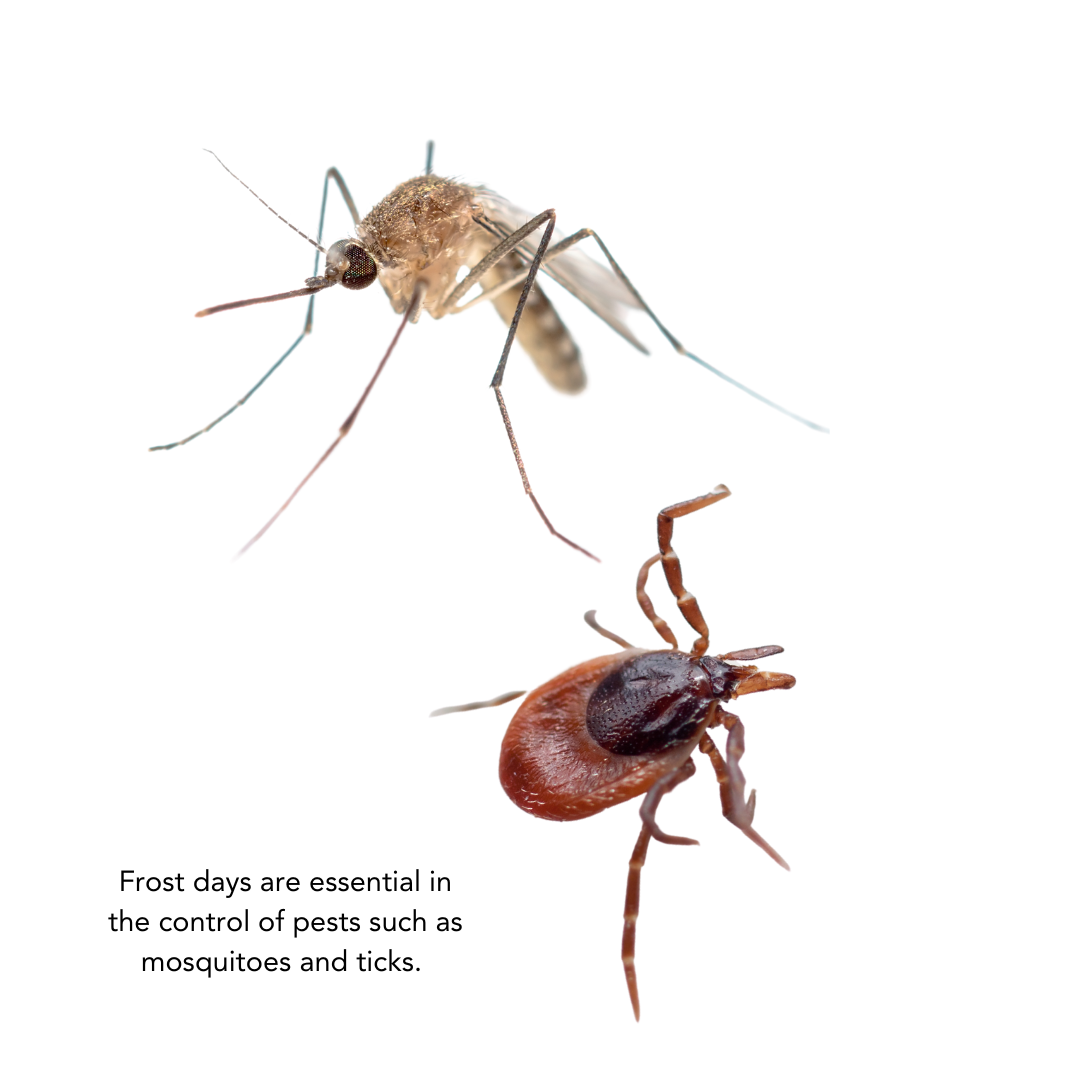

As the air heats up, it can hold more moisture, leading to more frequent and heavy rain events (rainfall exceeding 1.78 inches in a single day). Over the past century, these events have increased by 50%, posing significant risks to cities and low-lying areas that struggle to absorb excess water – making them more prone to flooding – while population and development are increasing.
In addition, historically disadvantaged communities are more vulnerable to these changes. Systemic injustices have exposed minority and low-income communities to the harshest impacts of extreme weather events. Health risks, rising energy costs associated with heatwaves, and the threat of losing homes and lives during intense storms or extreme drought (thus far more observed in other areas of the country), disproportionately affect these communities.
If greenhouse gas emissions from cars and other sources continue unchecked, these trends in extreme weather events are expected to become increasingly more common and intense. By the end of the century, the region could see an additional 40 percent rise in heavy rainfall events and more frequent tropical storms and hurricanes in the Delaware Estuary and Basin.
Although predicting these changes locally can be complex, everyone should prepare for heavier rainfall, hotter days, and fewer frost days in the coming years. Now, more than ever, we need to focus on building partnerships and community resilience in the face of our shifting climate.
Did you know?

Urban heat islands are highly developed areas that experience much higher surface temperatures than their suburban and rural counterparts.
Due to the high density of cars and buildings, heat islands get hotter than places with more trees and green space. This is why it’s so important to plant trees in urban areas to buffer the impacts of the urban heat island effect. Check out this example of a Heat Hub for New Jersey.

Our understanding of climate change is constantly evolving, yet one thing remains certain: Actions today will shape tomorrow’s climate and associated weather patterns. Let’s ensure those actions count for the sake of our home, our ecosystems, and our future.
+Learn how climate change affects your community and share this information with friends and family.
+Lead projects such as the implementation of green roofs and rain gardens.
+Take steps to reduce your carbon footprint where possible. Carpool or bike, and use energy-efficient vehicles and appliances. Convert to renewable energy sources. Consume local goods and reduce your meat intake.
+Encourage local leaders to prioritize initiatives that reduce global greenhouse gasses and boost resilience to climate change.
What is Being Done?
In 2019, the Delaware River Basin Commission (DRBC) established the Advisory Committee on Climate Change to provide scientific information for identifying and prioritizing threats to the Basin’s water resources. It also makes environmental mitigation, adaptation, and resiliency recommendations. Get the DRBC’s partner studies and resources here.
New Jersey developed an Extreme Precipitation Projection Tool for planners, local governments, developers, and residents.
In July 2023, New Jersey implemented the Inland Flood Protection Rule that defines areas with the highest risk of flooding. It also ensures that builders use up-to-date precipitation data in planning construction projects.
Building Connections:
How do extreme temperature and precipitation events connect with the strategies and goals outlined in the Delaware Estuary Program’s Comprehensive Conservation and Management Plan (CCMP)? CCMP STRATEGY H2.2: Promote stewardship practices by local partners for the health and sustainability of forests for water quality. This Temperature and Precipitation indicator status report is based on research compiled in the 2022 Technical Report for the Delaware Estuary and Basin (2022 TREB). Please refer to this document for more information.
Did you know that the ocean is slowly inching up our shores?
Sea levels don’t just rise independently – they’re an indicator of climate change. As temperatures rise, so do sea levels due to melting polar ice and thermal expansion (where the volume of the ocean water increases due to rising temperature). And there are few places where it is more apparent than in the Delaware River Basin. The Delmarva Peninsula also faces compounding impacts of relative sea level rise resulting from land subsidence, the sinking of the land surface resulting from present-dat groundwater withdrawals, and ongoing residual effects of glacial retreat, a concept known as isostatic rebound. Sea levels at the mouth of the Delaware Bay have risen about 7 inches over the last 30 years. This may not seem like much, but this perceived minor shift has significant implications. The tidal stretch of the Delaware River (130 miles from the Bay to the head of tide in Trenton, NJ) rises and falls twice a day. Higher sea level means higher tides and more frequent and severe flooding in low-lying areas, cities, and towns. Rising sea levels can make freshwater salty, which is a concern for drinking water systems and wildlife habitats. With predictions suggesting that the sea level will rise another foot or more by 2050, urgent and proactive measures are needed. These include reducing greenhouse gas emissions and implementing strategies to increase community, habitat, and infrastructure resilience.
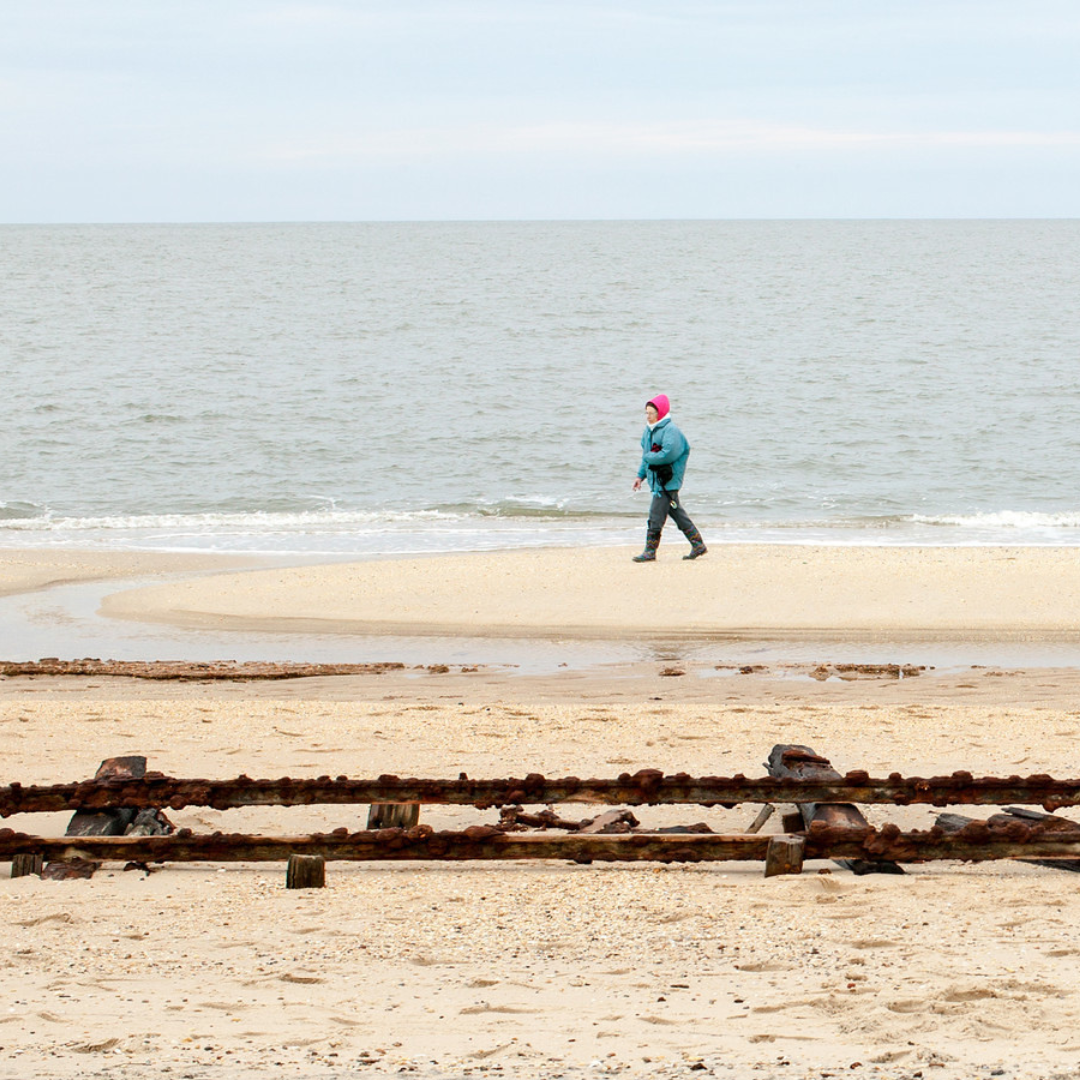
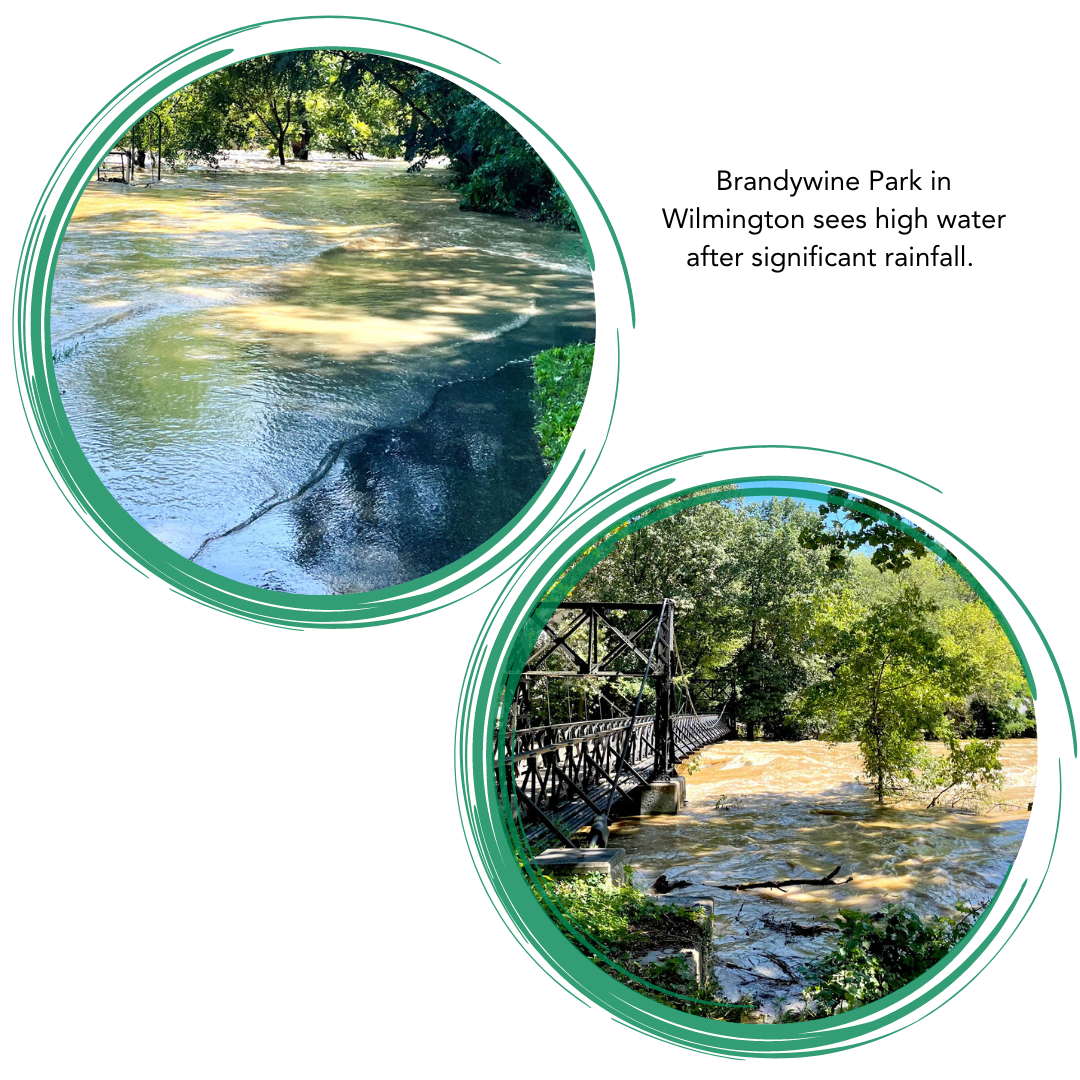
Rising sea levels pose a major threat to coastal communities and wetland habitats. Upstream communities along the tidal river are at risk as well. As the tide rises downstream at the Bay, it pushes saltwater further upriver, turning what was once fresh water into a salty mix. This presents a health concern for the 17 million people who rely on the river for drinking water.
The threat of saltwater isn’t restricted to the river. Saltwater intrusion occurs when saltwater seeps into freshwater aquifers below the soil surface, which, again, poses a problem for freshwater ecosystems and our drinking water. Once salt mixes in freshwater stores, it’s hard to reverse.
The rising sea level also directly influences the frequency of high tide flooding. All too soon, we’ll face the daunting prospect of compound flooding – events where multiple floods occur simultaneously or close together due to higher tides and heavier rainfall. These extreme flooding events are often coupled with intensifying storms like Hurricane Ida in 2021. The Delaware Estuary and Basin are already experiencing these unprecedented storms and their impacts. The tide does not seem to be turning in our favor, as increases in high tide levels will continue to worsen flooding during storms.
Predictions for the future aren’t promising either. The average sea level along the contiguous United States is anticipated to increase by one foot or more by the year 2050, and coastal communities across the country already feel the ramifications. To endure these changes, we need robust adaptation strategies. Measures range from creating living shorelines to building higher seawalls and elevating structures. Even so, the rise in flooding frequency tends to hit marginalized communities the hardest, as they often live in low-lying areas and have fewer resources to deal with flood-related damage and disruption.
Sea-level rise isn’t just a future possibility, it’s happening here and now. Each year, the waters edge a little closer, and the risks to our communities and wildlife rise. Without significant reductions in greenhouse gas emissions from power plants and other sources coupled with adaptation measures, severe repercussions for communities and ecosystems in the Delaware Estuary are expected. Just as we can contribute to climate change, we can also fight it. Local communities must prepare for these changes by implementing thoughtful planning, enforcing ordinances, strengthening building codes, and updating land-use plans to protect water resources and infrastructure. In areas of persistent inland flooding, strategic or managed retreat may be the best option where vulnerable human communities are relocated out of harm’s way and natural coastline areas are restored to provide additional ecosystem services. With foresight, planning, and concerted action, we can build a future where our coastal communities continue to thrive amidst the waves of change.
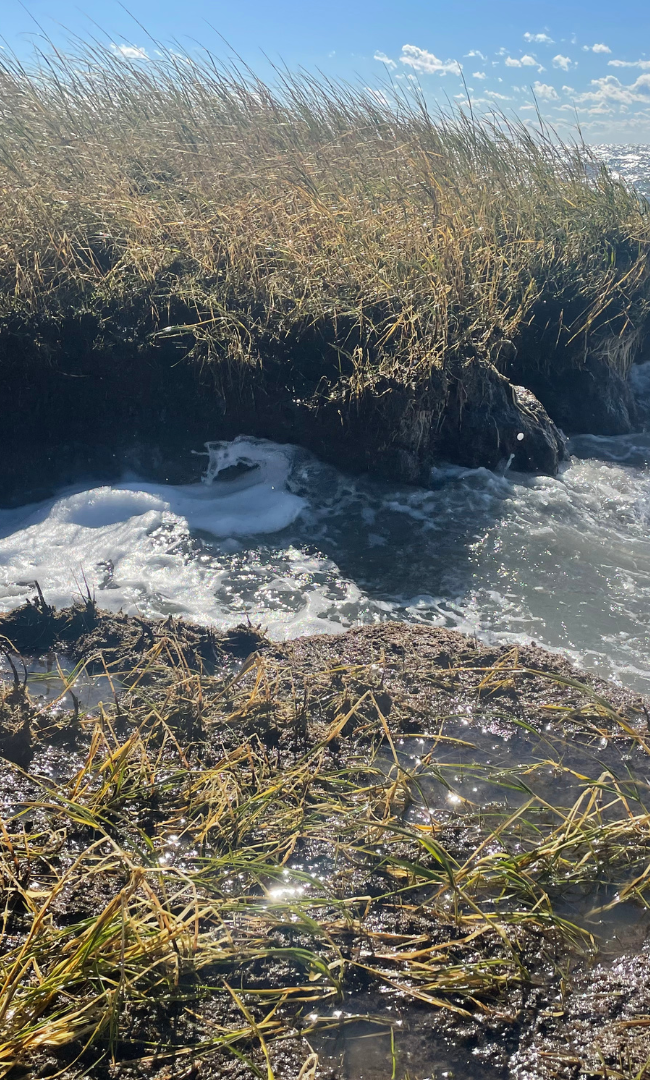

+Reduce your carbon footprint and advocate for resiliency initiatives in your community:
+Reduce energy use by replacing outdated appliances with energy-efficient models.
+Protect your local wetlands by learning more about them. Sign up for a nature walk around wetlands or check out a webinar on PDE’s YouTube page.
+Advocate for wetland protections and preservation.
+Volunteer with local organizations that conduct wetland restoration projects.
+Plant native trees and shrubs that soak up rain, provide habitat, cool the area around them, and more.

